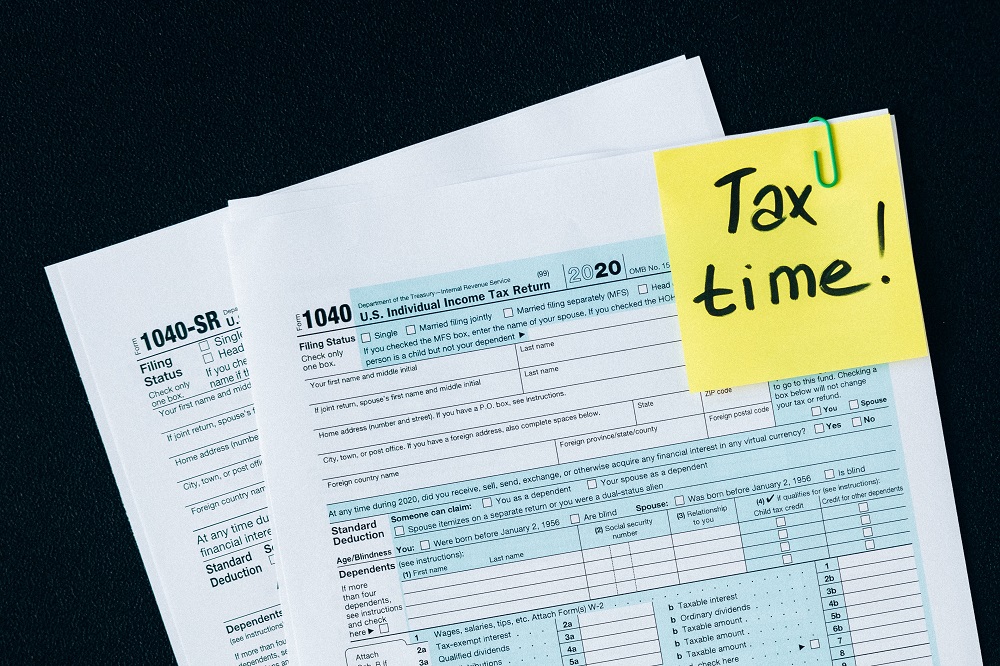Unlike fixed costs such as car payments, mortgages or the monthly rent, most families’ food bills swell or shrink each week. It takes time and discipline to keep a lid on food costs. Check out these supermarket tactics that can save you 10 percent or more.
Shopping Strategies
Outline a weekly grocery budget and stick to it. It’s important to write down everything you spend. Besides having a budget, keep a record of everything you spend on groceries for three weeks, suggests home economist Helen Volkman. “Average out your weekly bill,” she says, “and then compare it to the national average.”
According to the U.S. Department of Agriculture, the average family of four in the U.S. spends $189 per week. How do you compare? Challenge yourself to beat the average if you currently spend more.
Plan what you’ll buy and know how much you’re going to spend before you go to the market. “All too often, consumers don’t use the same comparison shopping principles at the supermarket that they apply to one-time-only big-ticket purchases,” says Bart Bashist, a consumer counselor at Budget and Consumer Credit Counseling Services. “Most shoppers are so pressed for time they just rush in and buy what looks most alluring.”
To spend less and stick closely to your budget, pay with cash, not your credit or debit card.
Plan menus in advance, shop with a list and stick to it. To spend less and eat healthier, visit the USDA’s Recipe Finder database at http://recipefinder.nal.usda.gov. The website allows you to plan menus by searching for recipes by cost, menu item, cooking equipment needed and cooking/preparation time.
Only use coupons for food you would normally buy. It’s no bargain if you buy something you don’t need at a discount.
Check the unit price (displayed on store shelves) to find the best buys. Larger sizes, store brands and sale items are often, but not always, the least expensive.
Convenience foods aren’t always more costly than fresh. Good buys in this category: Packaged mixes, canned vegetables and frozen juice concentrates. Worst buys: frozen dinners, prepackaged sauces and gravies, and single-serving items.
Make use of neighborhood food co-ops and green markets. Visits to gourmet markets and delis should be very occasional.
Think twice before buying in bulk at wholesale clubs. Research shows that consumers tend to store their inventory in visible areas and consume it quickly until it’s depleted to manageable levels. If you do buy in bulk, stash food where you won’t see it all the time, such as your pantry or the basement.
Aisle-by-Aisle Savings
Bread and Grains
► In the bakery section, beware of fancy breads — cinnamon rolls, croissants, muffins, doughnuts and loaves of bread, especially those embellished with extras like raisins and nuts. Quick breads and cakes can be made at home at a fraction of the cost, even if you use a prepared mix.
► Freeze bread that you don’t use right away and make bread crumbs out of bread heels, leftover baguettes and buns. Toast them in the oven at 200 degrees for 10 minutes then pulse them into crumbs with a food processor. “Bread crumbs are a great way to stretch hamburger and ground turkey for meat loaf, meatballs and burgers,” says Los Angeles celebrity chef Jill Davie. You can also use stale crackers and corn chips.
Produce
► Buy in season. In the winter, kale and winter squash are your best vegetable buys, while apples, grapes, oranges and grapefruit are your best buys in fruit. In the summer, freeze the bounty for later.
► Root vegetables like potatoes and turnips always tend to be a good buy and less perishable than, say, fresh spinach, mushrooms and red peppers. Choose medium rather than large sizes of fruit and purchase only what you can eat within a few days. Most fruit doesn’t stay fresh longer than one week.
► If you tend to throw fresh produce away because it goes bad before you get a chance to eat it, Davie suggests buying frozen vegetables instead to reduce waste — a.k.a. money in the trash.
Meat and Dairy
► Choose the less tender, less costly cuts such as flat iron, skirt or flank steak and marinate, marinate, marinate! It adds flavor and tenderness to an inexpensive cut of meat that would otherwise be tough.
► When recipes call for “diamonds” such as shell steak and other expensive cuts, get a lower-cost substitute like chuck eye roasts, round steaks or flank steaks and bottom round for pot roast.
► Avoid buying cuts that have a low meat-to-bone ratio — spare ribs, for instance, which are 80 percent bone.
► Buy a whole chicken instead of boneless, skinless chicken breasts. “Go online to cooking websites and teach yourself how to break down a whole chicken yourself,” says Davie. “You can get several meals out of a whole chicken and it can cost less than just buying the breasts,” she says. If you buy parts, chicken thighs are relatively inexpensive compared to breast meat.
► Half-gallons of milk cost less per quart than smaller sizes. Nonfat dry milk costs even less; even if you don’t drink it, use it instead of fluid milk in baking recipes.
Sandra Gordon is a freelance writer.






